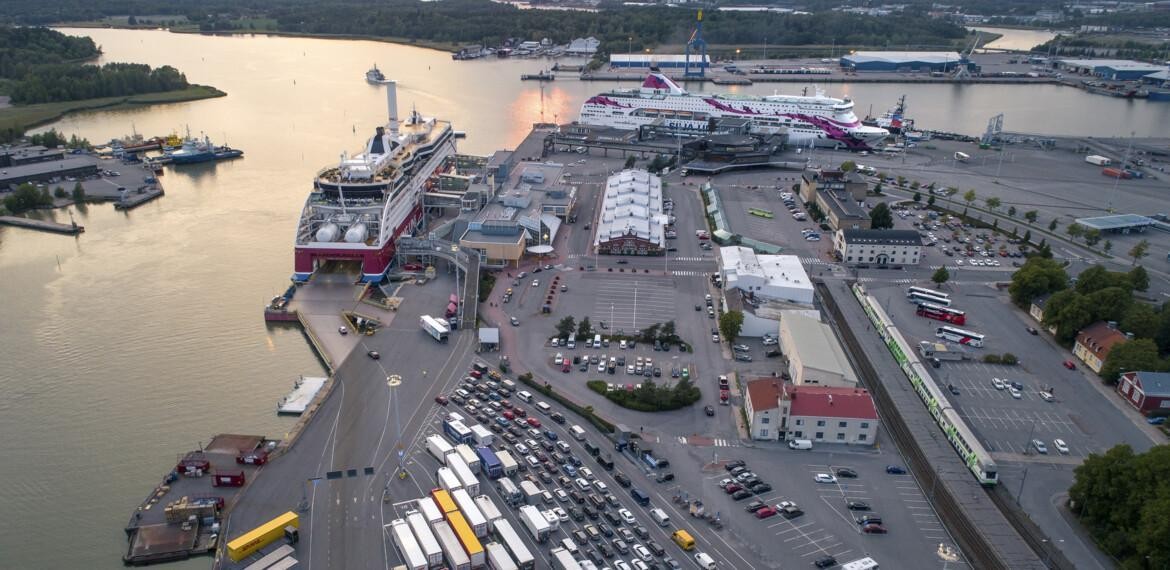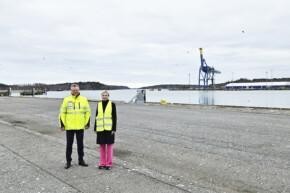Security of supply and the port of Turku – the essence of invisible security

When we talk about security of supply, it easily brings to mind emergency stock, rows of tins and fuel canisters. The reality is much more complex and comprehensive, as it is about safeguarding society’s capability to remain functional while the world around us is shaken.
Security of supply means capability in exceptional circumstances – in case of crises, disruptions and even war. It ensures that food, medicine, electricity and information keep moving, even when supply chains might encounter challenges. In this chain, the port of Turku serves as one of the main hubs.

The port of Turku is an important gateway to the West, especially to Sweden. In 2024, more than two million tonnes of goods passed through the port, mainly carried by trucks. The advantages of the port are speed and reliability: when goods are loaded in Turku in the evening, they can be in Stockholm in the morning – or vice versa. This type of rhythm is vital, especially for fresh produce and industries that rely on just-in-time supply chains. If traffic stops, the impacts are quickly reflected throughout the country.
The role of the port of Turku in security of supply is based on five key strengths: rapid and regular connections to the West, continuous movement of critical goods, alternative routes when there are Baltic Sea disruptions, reliable infrastructure and close co-operation with the authorities and industry. Thanks to these factors, the port of Turku is a key link in Finland’s logistics chain and national security of supply.
The port is not only a hub for traffic, but also a centre for logistics and storage – several nationally significant warehouses are located in the area. In exceptional circumstances, its significance multiplies: pandemics, natural disasters and geopolitical crises underline the critical need for smooth logistics.
But none of this happens on its own.
The state of readiness is ensured through collaboration between port operators, authorities and companies.
Joint exercises, the development of operating models and the protection of the critical infrastructure are part of everyday life. The exercises strengthen the personnel’s capacity to act in crisis situations and, at the same time, increase mental resilience when dealing with the most serious emergencies.
Continuous investments in port infrastructure, technology and cybersecurity ensure that cargo traffic will continue even if the rest of the world stops.
The port of Turku is not just a terminal or logistics hub. It is part of the backbone of Finland’s security. Although its role is often invisible, its impact is far from minor.
We are reminded of it, at the latest, when we see a ship nearing the shores of Turku.
Jukka Mustola
Head of Preparedness, Finnish Ports Association
PHOTOS: Jarmo Piironen & Finnish Ports Association


